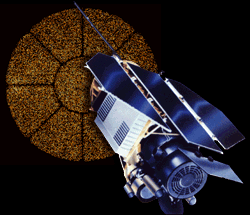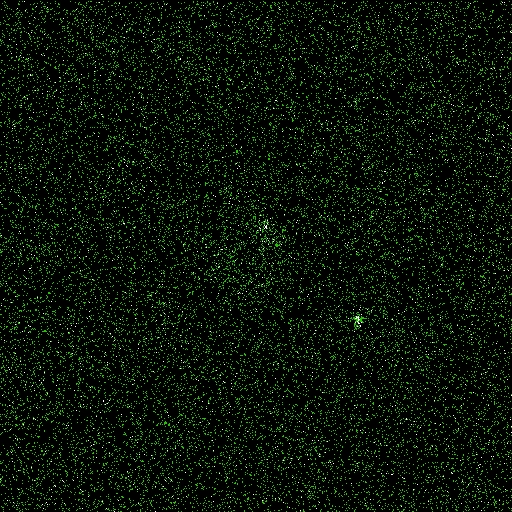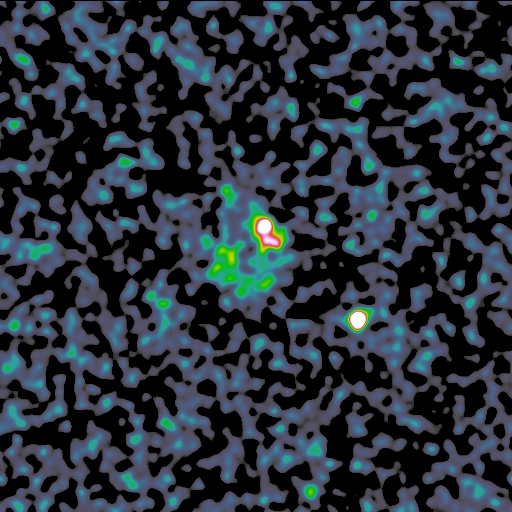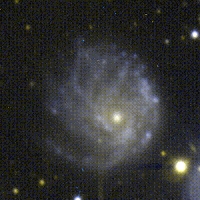
|
This composite depiction of ROSAT and a typical X-ray field is from the HEASARC WWW site. |

|
This composite depiction of ROSAT and a typical X-ray field is from the HEASARC WWW site. |
X-ray astronomy has, again and again, proven to be a valuable tool beyond our expectations. Following the rich harvest of previous missions (notably Einstein and Exosat), ROSAT was designed to contribute both to our knowledge of the overall X-ray sky (through a uniquely sensitive all-sky survey) and to knowledge of individual sources, through a long program of pointed observations.
In a project with Dave Davis, John Mulchaey, and Trish Henning, I used the ROSAT High-Resolution Imager to seek evidence of gas being stripped out of spiral galaxies by motion through a surrounding hot medium. This process, ram-pressure stripping and its variants, has often been considered as a way to convert spiral galaxies in clusters into elliptical or S0 galaxies, which must have happened to connect what we see in clusters nearby and at higher redshifts. We picked two examples of galaxies with active star formation, and thus gas-rich, but very asymmetric structures that at least superficially have the swept-back appearance one would expect - NGC 1961 and NGC 2276. This project included optical and radio-continuum observations plus 21-cm neutral hydrogen mapping, trying to fill in these galaxies' pictures as completely as we could. Each was observed for over 100,000 seconds by ROSAT, with the observations broken into short chunks for convenient scheduling. We did not see evidence for surrounding hot gas in the X-ray emission, despite previous reports of such a cloud near NGC 1961. We did detect both galaxies, and in the case of NGC 2276, detected individual star-forming regions and the overall X-ray emission from the disk of the galaxy. Combining the whole data set, especially the matching asymmetries in star formation and old stars from near-IR images plus lack of kinematic disturbance in the H I, we concluded that these are particularly misleading examples of tidal disturbances from (currently) distant companion galaxies. The hunt for actual ram-pressure stripping in action goes on.
The HRI detectors could register X-ray arrival positions to an accuracy higher than the number of photons warrants for diffuse sources. The original unsmoothed image (left) looks pretty empty, but smoothing with a Gaussian of 5-arcsecond width brings out the fainter structure almost magically. Comparison with the optical image shows how the X-ray emission traces star-forming regions in this system. As it happens, the bright star at lower right (just outside the optical picture, the one causing the reflection at the edge) is also an X-ray source. The HRI image shown here covers a region about twice as wide as the optical field.
 |
 |
 |
Last changes: 3/2000 © 1999,2000